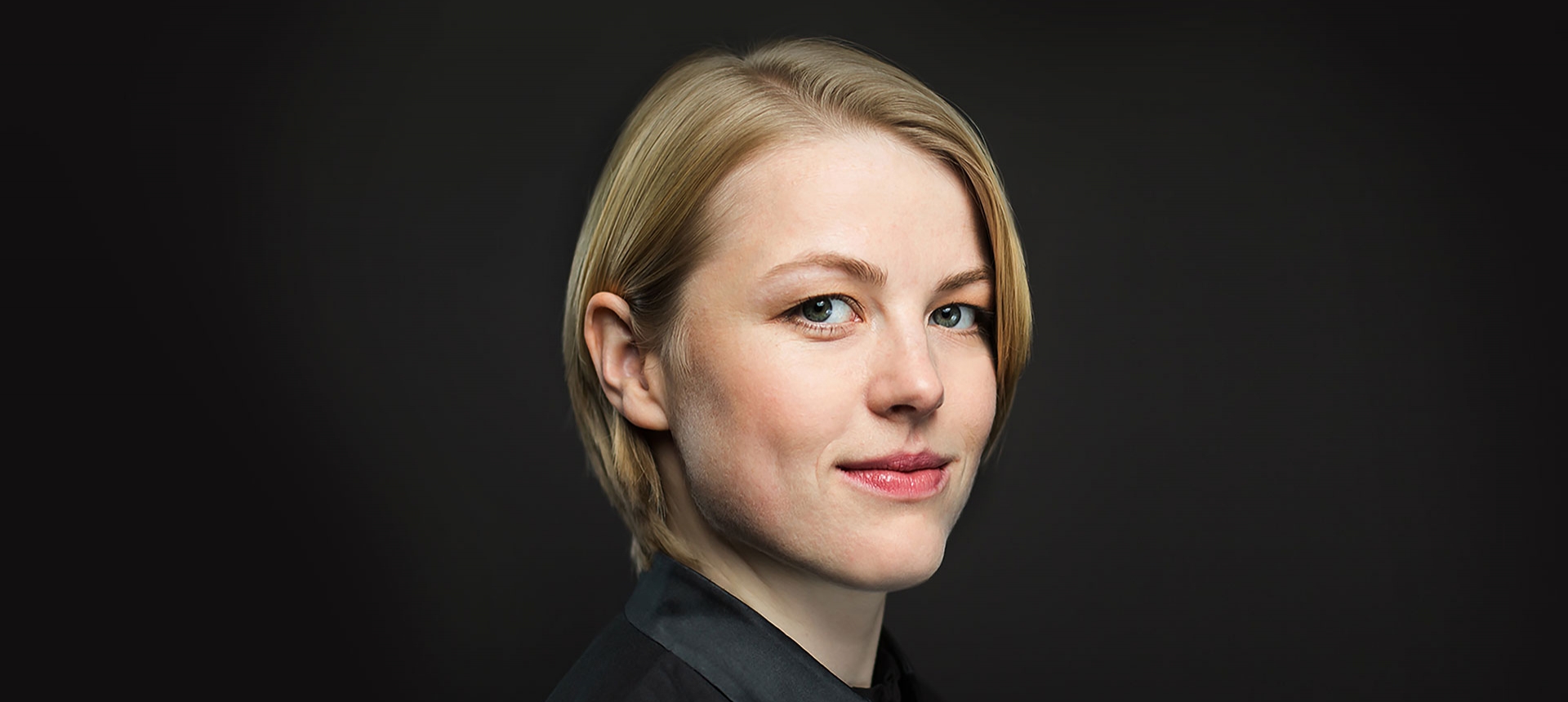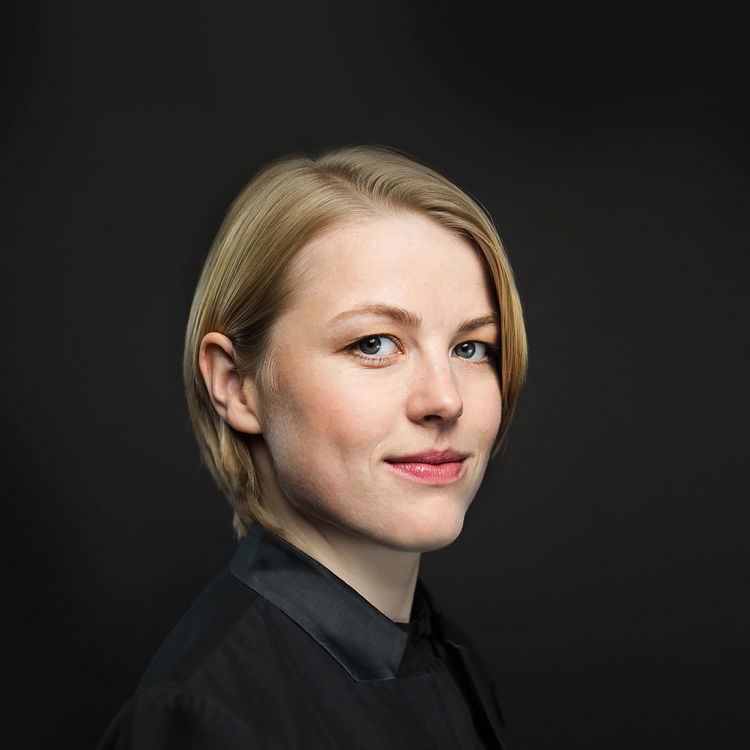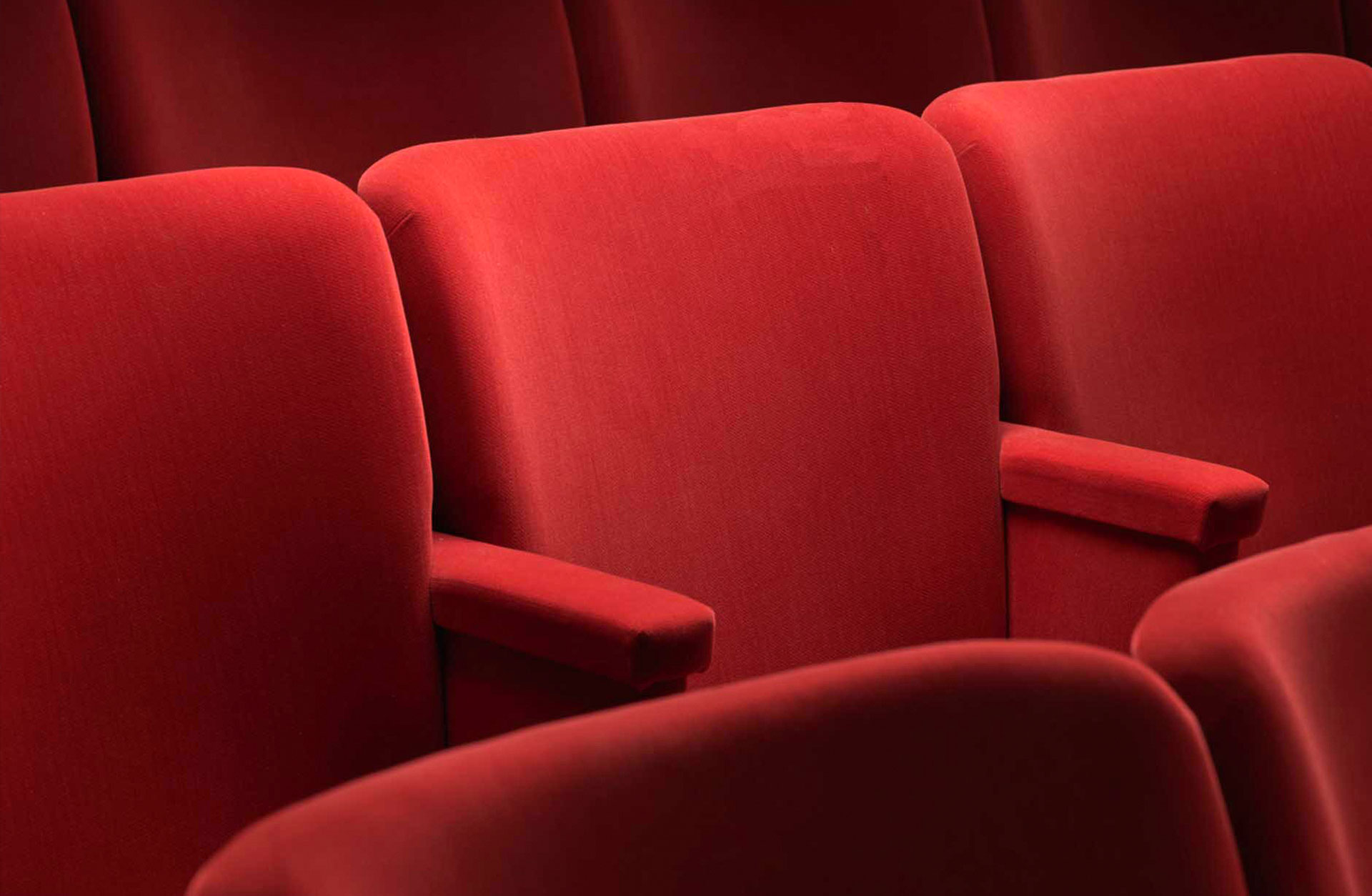Cart
Your cart is empty
Your cart is empty
List is empty
Press ESC to close the search field



Event has already taken place. Magnificent orchestral splendour with the Gothenburg Symphony Orchestra and new star conductor Ruth Reinhardt.
Meet the new star conductor Ruth Reinhardt! She leads the Gothenburg Symphony Orchestra in Brahms’ Variations on a Theme by Haydn, his first major symphonic success full of magnificent and harmonically exciting orchestral splendour. The programme also includes Paul Hindemith’s melodic and moving Nobilissima visione, as well as Bohuslav Martinů’s suggestive and bustling Toccata e due canzoni.
The German conductor Ruth Reinhardt studied violin and conducting in Germany and Switzerland before she moved to the USA and undertook more in-depth studies at the renowned Juilliard School of Music in New York with Alan Gilbert, formerly chief conductor of the Royal Stockholm Philharmonic Orchestra and the New York Philharmonic Orchestra. She is now one of the most interesting young conductors on the international classical music scene.

Here you will find all the necessary information that you need to know about before your magical visit in the Concert Hall.
Invite yourself or someone you like to an experience for all the senses. Welcome to visit the Concert Hall's restaurant or one of our foyer bars.